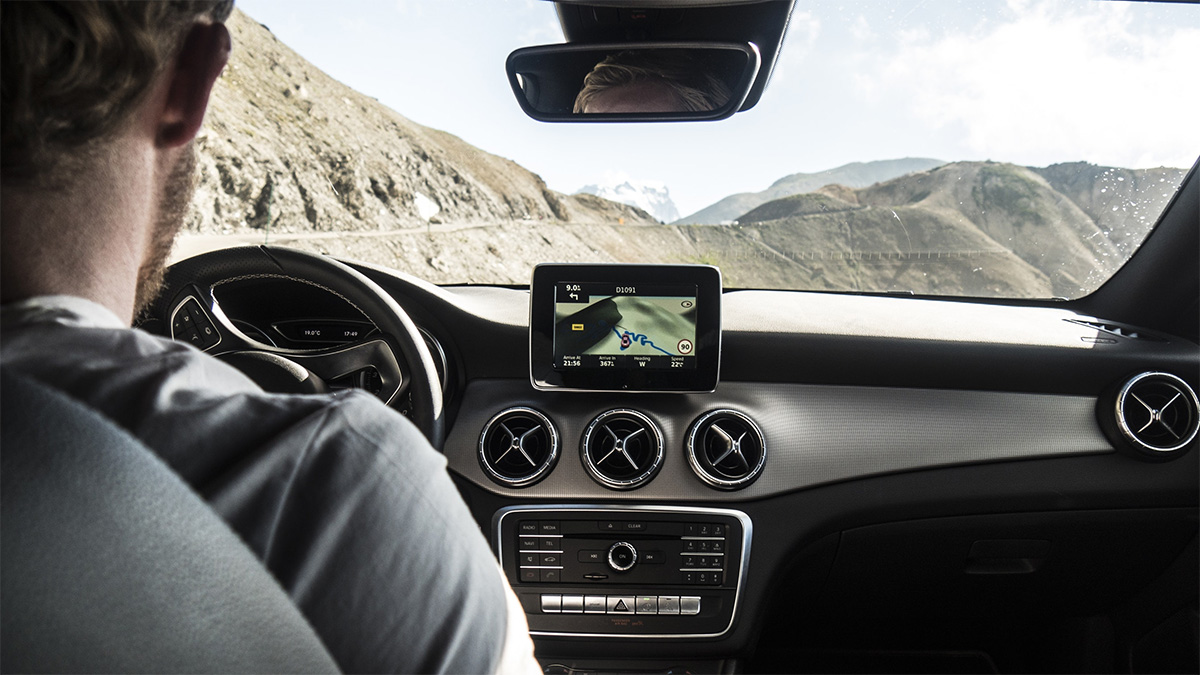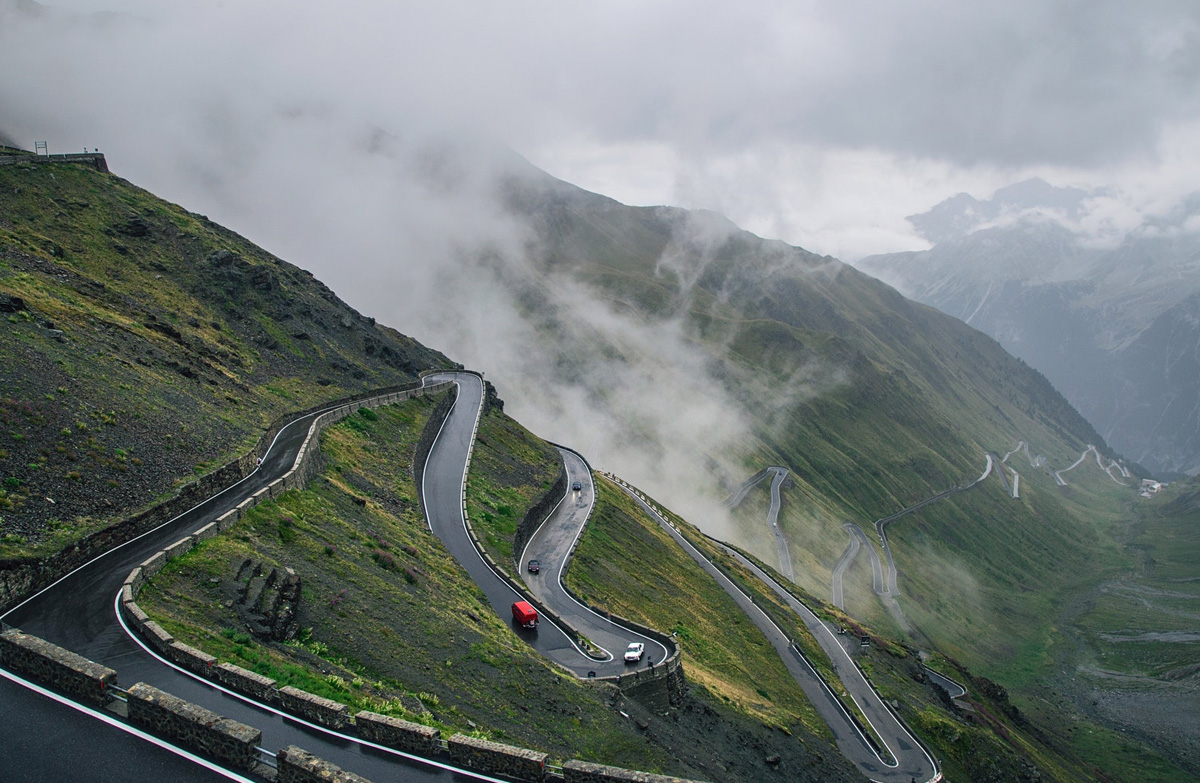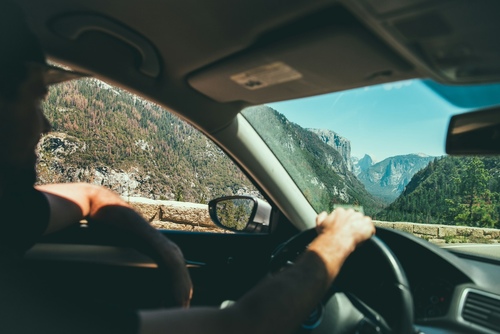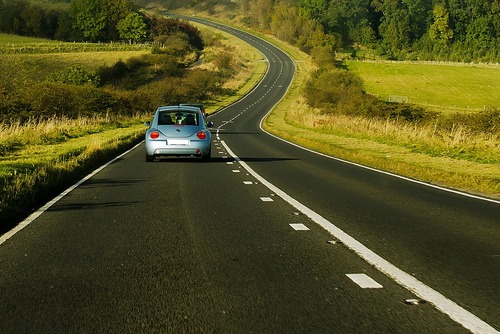Driving on the continent is more relaxed and safer than almost anywhere in the world, however, it is still important to follow the rules of the road and learn the specifics of driving here.
There are our essential tips for driving on the continent.
1. Check your insurance
It has caught out thousands of drivers in the past, so make sure that you don’t make the same mistake – ensure that you carefully check your car insurance so you know whether you are covered to drive abroad. It may be that while you are completely covered in the UK, your policy does not extend to Europe or further afield.
If this is the case you may need to pay an extra premium to extend your cover to insure you while you are overseas. It’s additionally worth noting that you need to purchase some travel insurance so that you are covered if you become ill or injured. In many parts of Europe you will be charged if any ambulance has to be called out, and fees can mount quickly.
2. Equip your car with safety features
It’s worth noting that there are a number of safety features and pieces of equipment that you are required to have in your car by law when driving in Europe.
Regulations differ from country to country by in almost all cases you need to have a warning triangle and reflective jacket. Some regulations might seem strange, but they are still the law and they need to be followed.
In France it is compulsory for cars to carry a breathalyser and in Austria and Croatia you are required to have a first aid kit.
Another feature that you might want to consider is one of the range of FEV car fire extinguishers.
3. Invest in maps

Many people assume that buying a European satnav will ensure a safe and easy passage wherever they drive, and in theory this is true.
But putting too much faith in technology is not always a good thing – it only takes your satnav to stop working and you can find yourself completely lost with no idea how to find where you are going.
It’s a much better idea to invest in real physical maps for any area that you are going to be driving through – spend time mapping out your route beforehand so that you know roughly where you are at all times.
These can then be used to help you navigate if you can’t get any signal.
4. Learn the rules of the country

It is essential that you should take the time before your trip to thoroughly learn the road rules of the country that you are going to be driving through.
The last thing you want is to have to try and explain yourself to police officers in a foreign language that you were ignorant of their rules.
You might be a very experienced driver in the UK, but if you’ve never experienced foreign roads before you can be easily caught out by unfamiliar signs or rules that don’t seem to make sense.
So learn the rules and stick to them, it will make the whole trip far more relaxed and convenient.
5. Schedule regular breaks
If you are going to be driving a lot, remember that driving is very tiring, and that is especially true in a foreign country.
Following unfamiliar road signs and always remembering to stay on the ‘wrong’ side of the road actually makes your brain work much harder than usual, so make sure that you schedule regular breaks throughout your drive.
If you start to feel tired behind the wheel, don’t assume that it will pass if you continue going – pull over somewhere safe and get some rest before you start driving again.
6. Share your plans
As a piece of general travel safety advice, it is always a good idea to share your travel plans with someone at home.
This will give them the chance to raise the alarm if they haven’t heard from you when they should have. If no-one knows where you are it could be very difficult to send help if you become stranded or in a different form of trouble.
Related Pages








